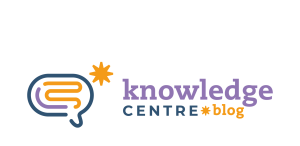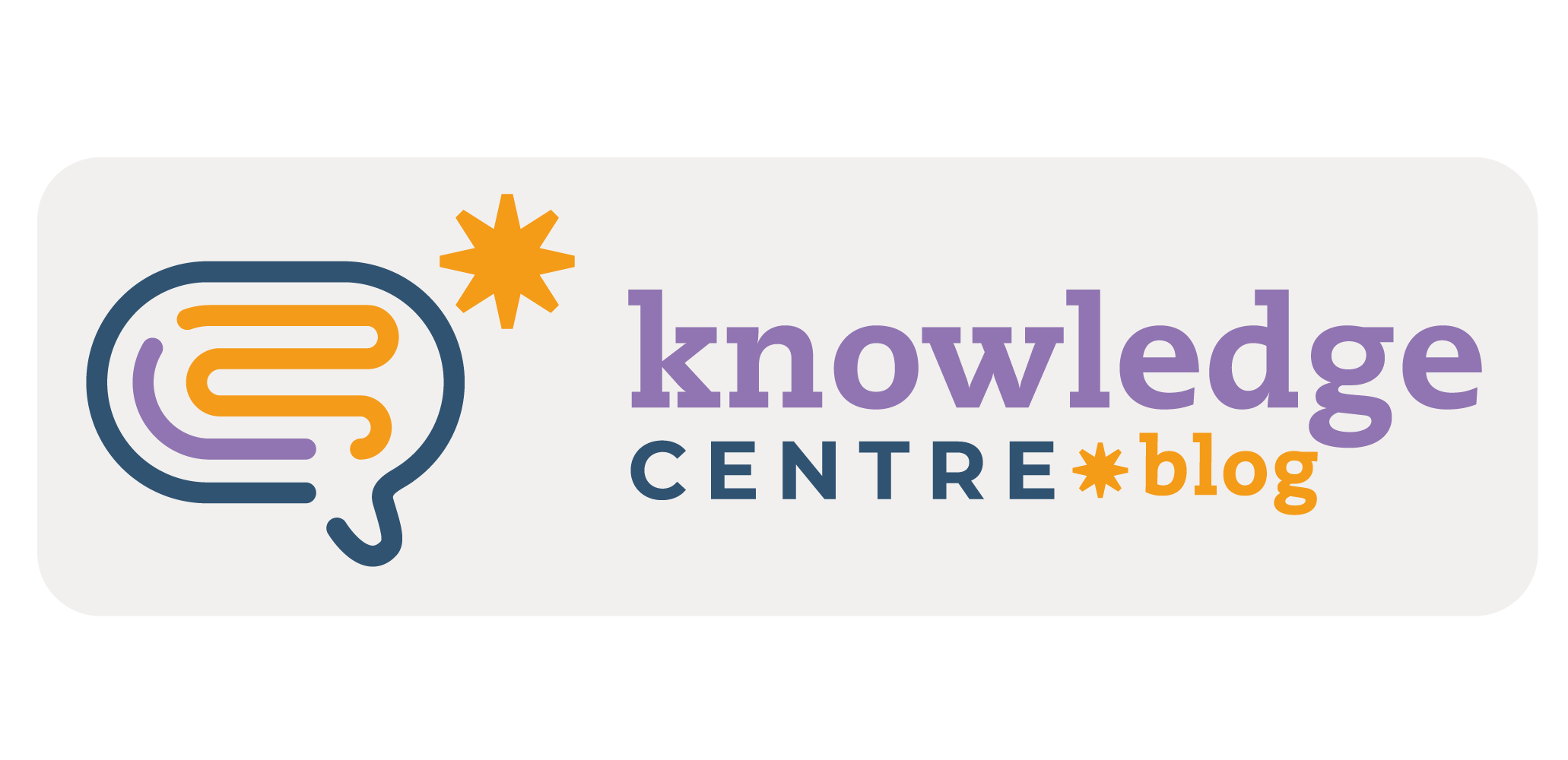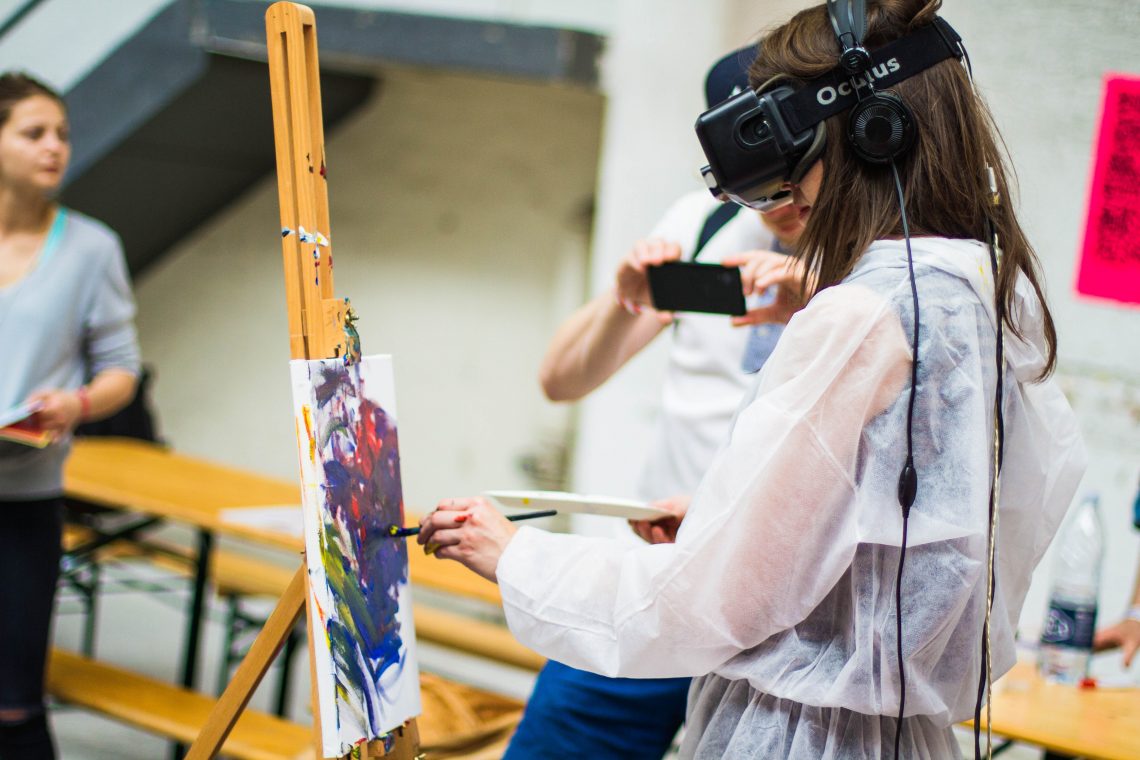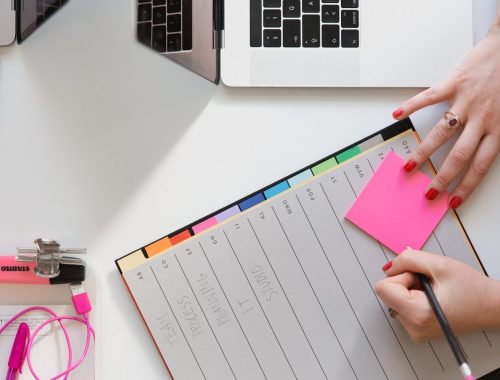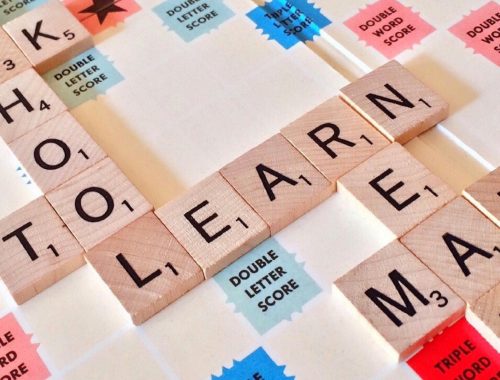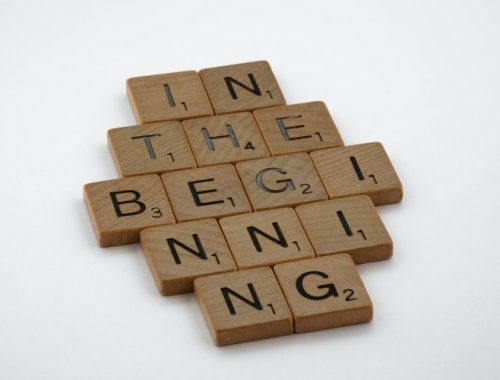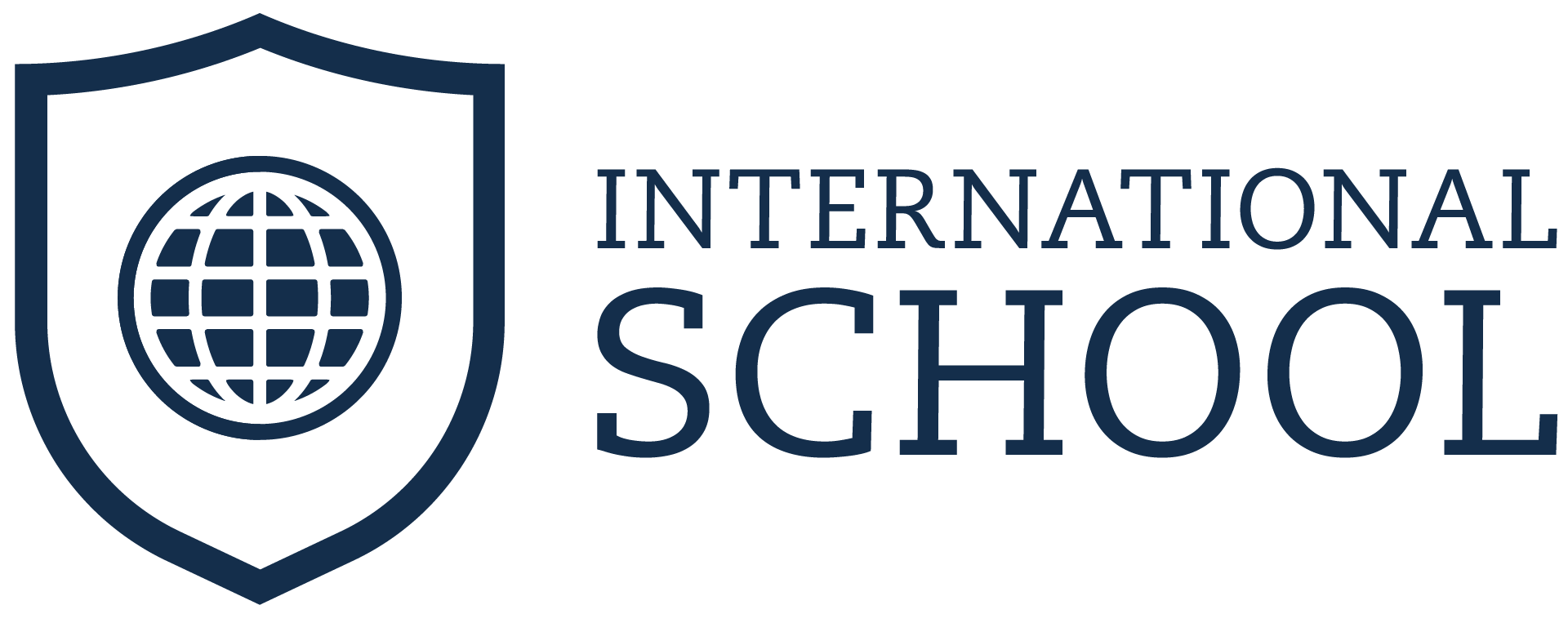In a constantly changing world, new ways of teaching and learning are always crossing our paths. In this post we are going to talk about a very famous methodology that is usually misunderstood. Take a few minutes to read and learn more about Blended Learning and how you can put it into practice.
What is Blended Learning?
We might find many definitions for Blended Learning, but one thing we know for sure: Blended Learning is not only the use of technology in the classroom.
The terminology Blended Learning was first used in the 60’s at the University of Illinois. Back then, students used a software called PLATO – Programmed Logic for Automatic Teaching Operations – a computer system from 1960 that made possible for thousands of students to access coursework, digitally chat with friends, and play games. Things have changed and nowadays, digital technology is part of our everyday life inside and outside school. For this text we use the definition of Blended Learning brought by the Clayton Christensen Institute:
Blended learning is not the same as technology-rich instruction. It goes beyond one-to-one computers and high-tech gadgets. Blended learning involves leveraging the Internet to afford each student a more personalized learning experience, including increased student control over the time, place, path, and/or pace of learning. (CHRISTENSEN, 2018)
Blended Learning is a term used to describe the structured combination of face-to-face and online learning. It is based on the idea that learning and teaching can occur in varied times and spaces, so that learning can happen in many ways. The idea is that educators and students are part of a lifelong learning process.
The main objectives of Blended Learning are:
- personalization of the learning process
- fostering students’ autonomy
- use of technology integrated with school culture
- interaction, collaboration and engagement with digital technologies
- mix of classrooms and virtual locations to learn
These objectives are related to what we expect our students to develop according to the pillars of education from UNESCO (learn to be, learn to do, learn to know and learn to live together). For example, in Blended Learning the teachers use technology to personalize learning, therefore students can do activities that are more suitable for their development. This can be related to the pillar Learn to Know because students are challenged to online activities that help them develop the faculties of memory, imagination, reasoning, problem solving and the ability to think in a coherent and critical way.
Teacher’s role in a Blended Learning environment
The teacher’s role in general is related to the evolution of information. In the past, teachers were seen as information keepers and their role was to pass on this knowledge to the next generations. With the advance of technology, a lot has changed: we can currently consume and create information on social media and share it with the whole world.
Currently , even with digital technologies in the classroom, we experienced few changes in the way we teach. Teachers shifted from a black board to a digital board or slides, but the way of teaching, evaluating and guiding students did not change significantly. Technological resources are used to virtually transfer the content, but without the intervention of a teacher, they don’t provide autonomy and personalization of learning. In other words, effective blended learning depends on the work of engaged teachers who leverage the technology and face-to-face interactions to address the individual needs of their students’ learning styles.
Teachers are mentors, facilitators, curators and coaches in these learning environments. They assess, analyze and synthesize student performance and data to design unique learning experiences for each student, while monitoring and working with small groups and the whole group. In a nutshell, these teachers are becoming educational designers, using the power of online tools to make their curriculum more suitable for their students.
How to Put It Into Practice
In order to help teachers face the challenge of making their pedagogical practice blended, the Clayton Christensen Institute has organized models of Blended Learning that address styles of classes in which digital technologies are integrated into the curriculum.
The most common models are the Rotation Models, in which students perform activities according to a fixed schedule or one that is stipulated by the teacher. Tasks in this model may involve group discussions, writing activities, reading and, indispensably, an online activity. Some rotation models include the following ideas:
Station rotation: the teacher organizes stations in the classroom with different tasks and students, in groups, carry out the activities. One of the groups will be involved with online tasks that, in a way, do not depend on the teacher’s mediation. It is also important to prioritize tasks that students can work on collaboratively and others that they can work on individually, respecting each one’s pace.
Rotational Laboratory: in this suggestion, students use the conventional classroom and the computers available in the school. The teacher, in the classroom, teaches the lesson in a more expository way and adds a rotation to where students can use the computers – for example, a computer lab. They use the computers individually and autonomously to perform pre-established tasks. This model does not replace the traditional way of teaching a class, but uses online teaching as a sustained innovation to better meet the needs of students.
Flipped Classroom: the teacher guides students to study content at home and the application of knowledge takes place in the classroom. Currently, in many cases, the opposite is done, the teacher explains the concept in the classroom and the student makes a list of exercises at home. In this model, the teacher guides students to study the content at home through videos, podcasts, reading activities, and in the classroom they discuss and/or apply the content in a more practical way.
These models can be the first steps to put Blended Learning into practice and must be understood by school principals, teachers, students and families. As mentioned before, schools are invited to change since digital culture is already consolidated in our society and it is fundamental that it becomes a reality within the classrooms.
How about you? Are you up to this new way of teaching and learning? Share your thoughts with us.
References
Bacich, L., Neto, A. T., & Trevisani, F. (2015). Ensino Híbrido. Editora Penso.
Educação sob Medida. Porvir. <https://personalizacao.porvir.org/#escolas>. Accessed on 22 Aug 2022.
The Role of the Teacher in a Blended Learning Classroom. Edgenuity. <https://www.edgenuity.com/wp-content/uploads/2017/01/Role-of-the-Teacher.pdf>. Accessed on 24 Aug 2022.
Blended Learning. Christensen Institute. <https://www.christenseninstitute.org/key-concepts/blended-learning/> Accessed on 24 Aug 2022.
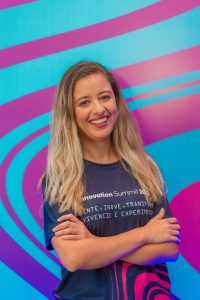
By Bianca Mauro
Tem mais de 10 anos de experiência em educação bilíngue, sendo eles como professora, assistente de coordenação e formadora de professores em escolas de idiomas e escolas bilíngues. Na sua carreira também fez os cursos de extensão em Biletramento pelo São Open Centre e Bilinguismo: Revisão de Teorias e Análise de Dados pela PUC/SP.
